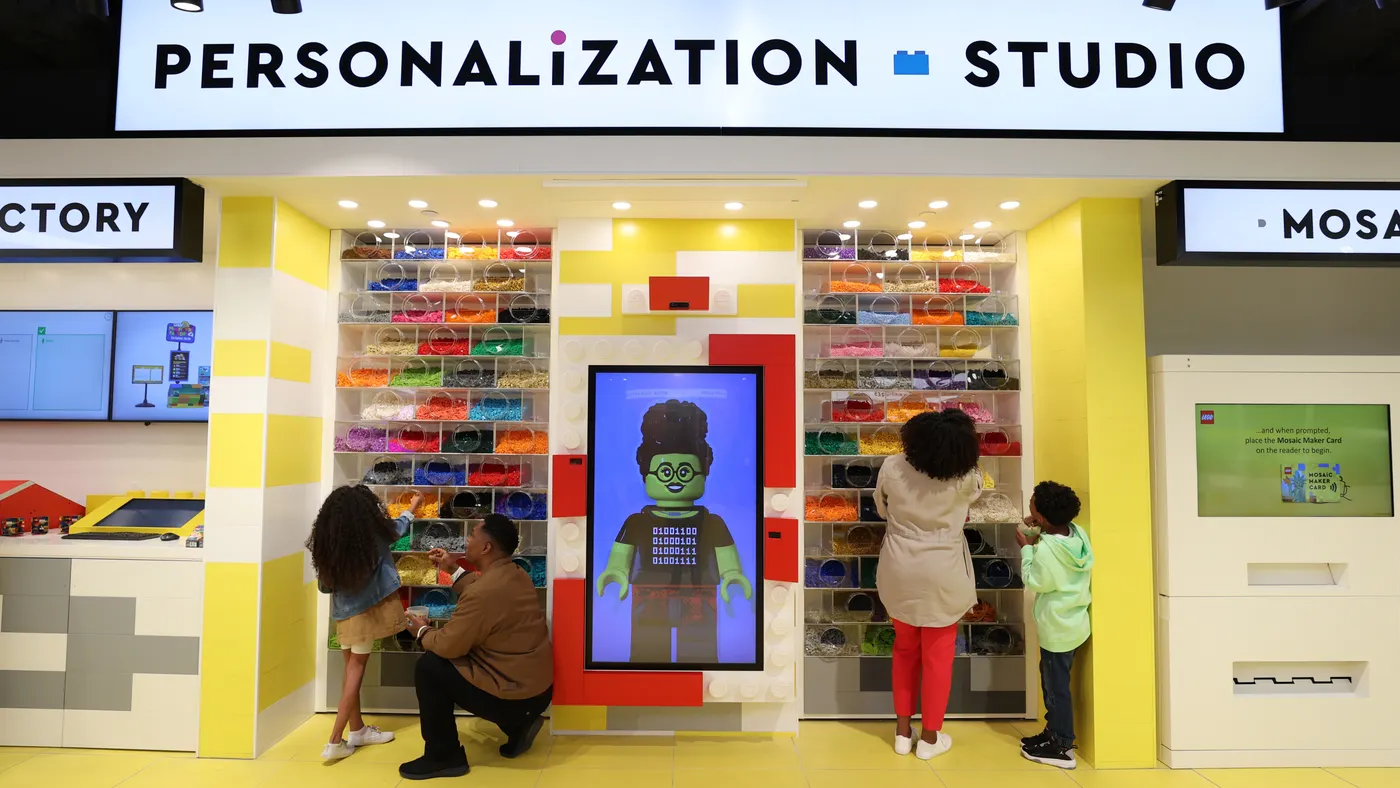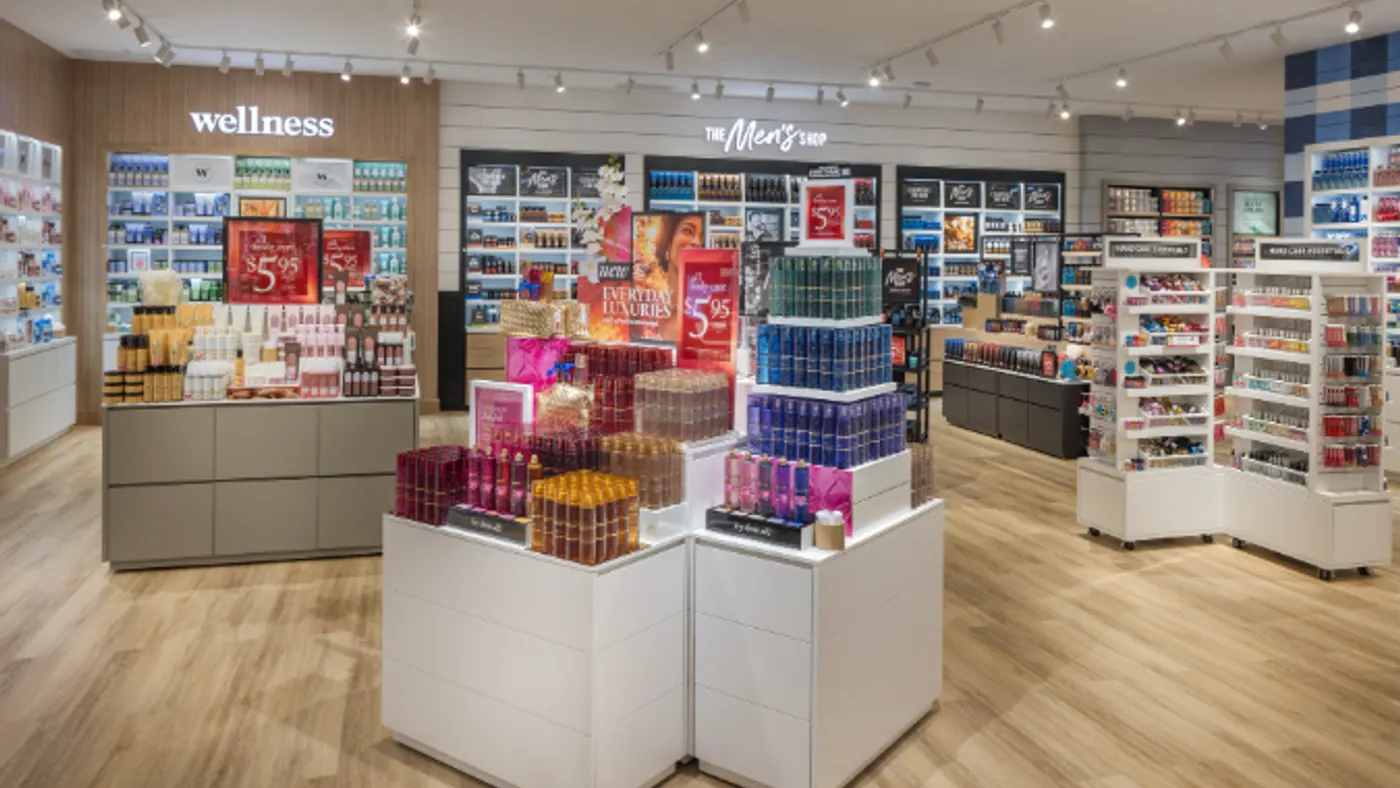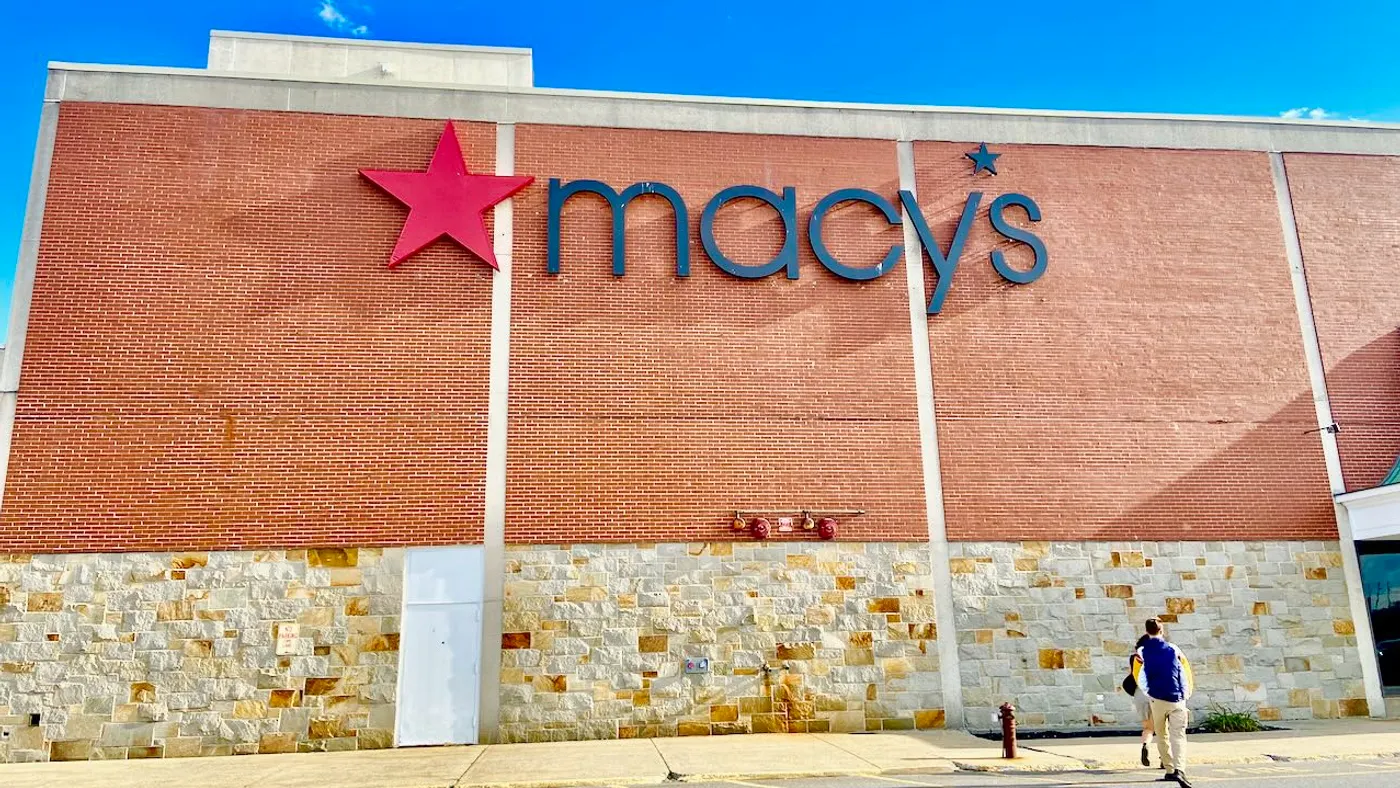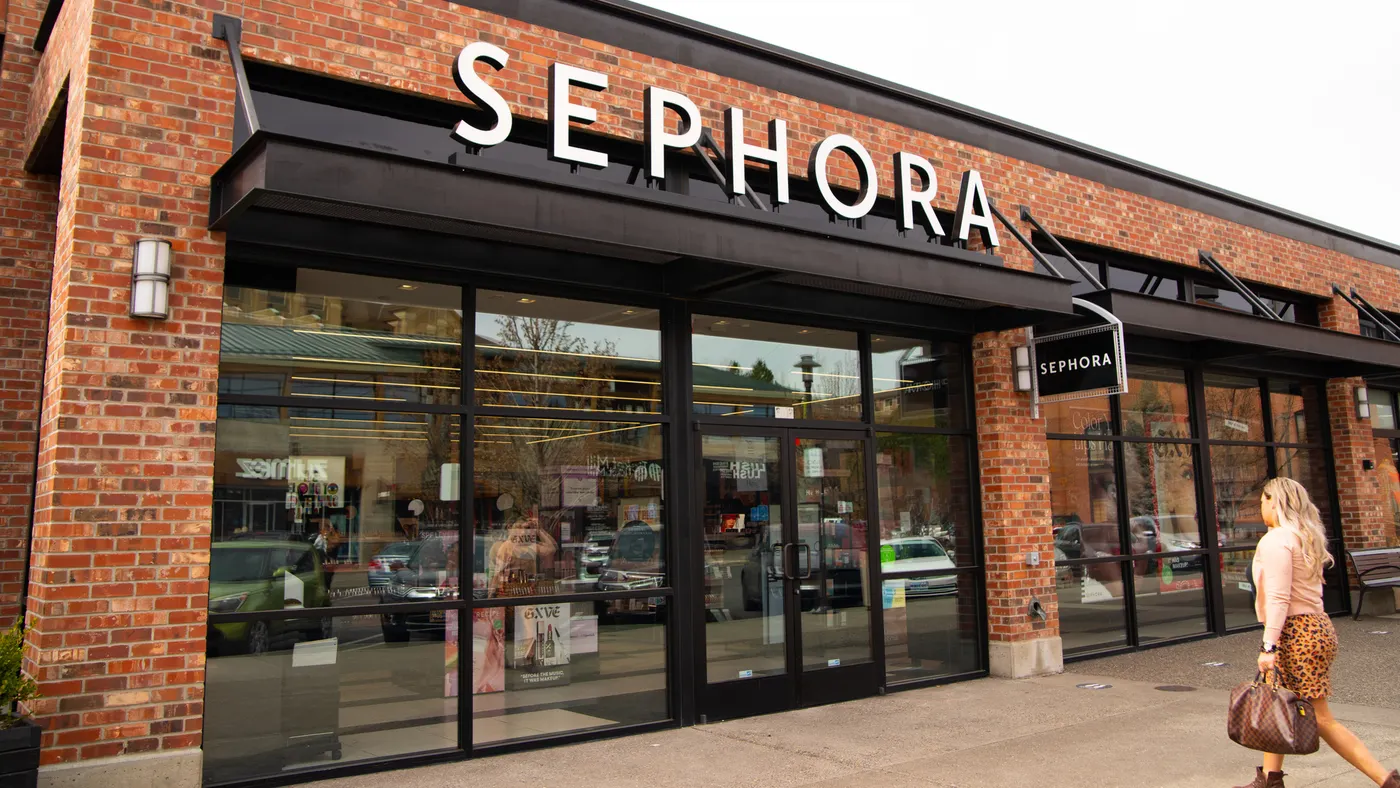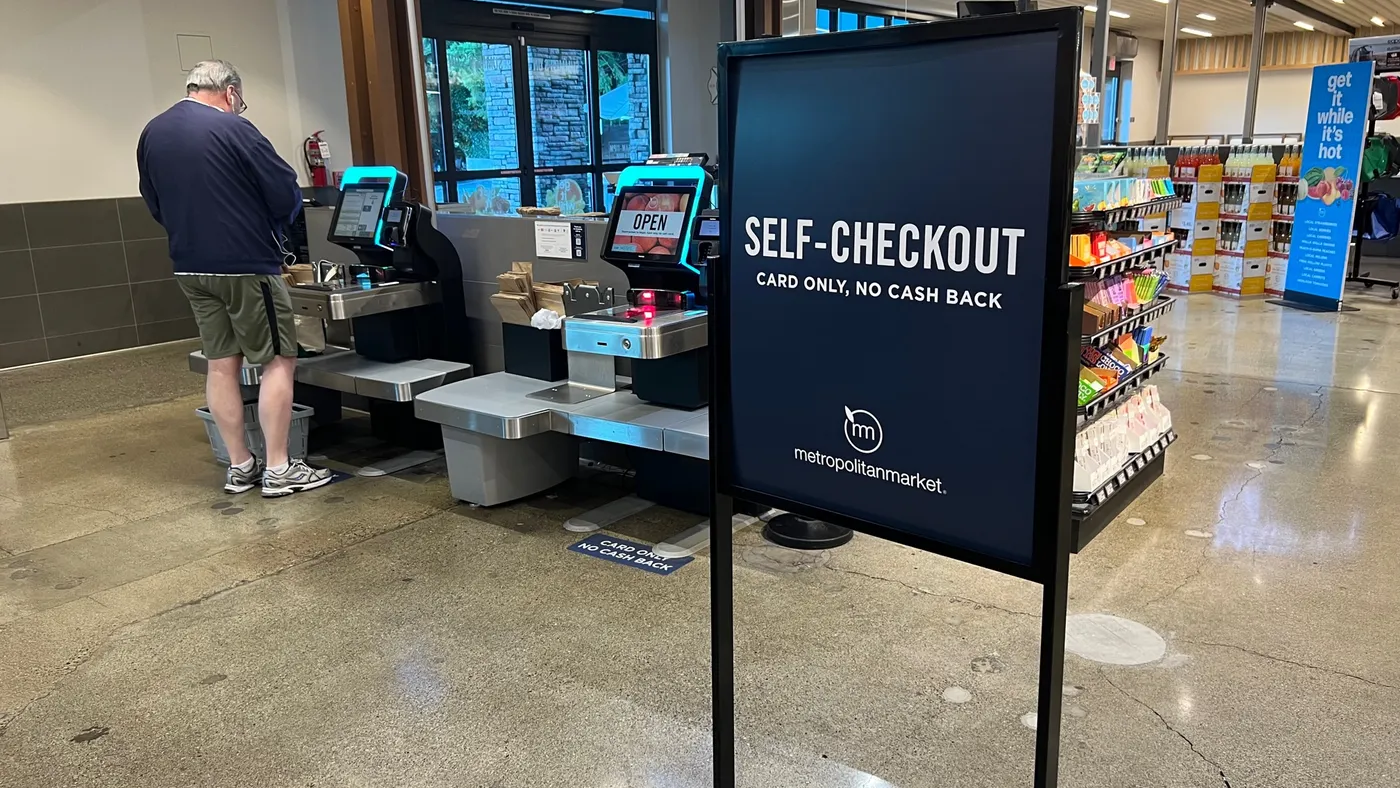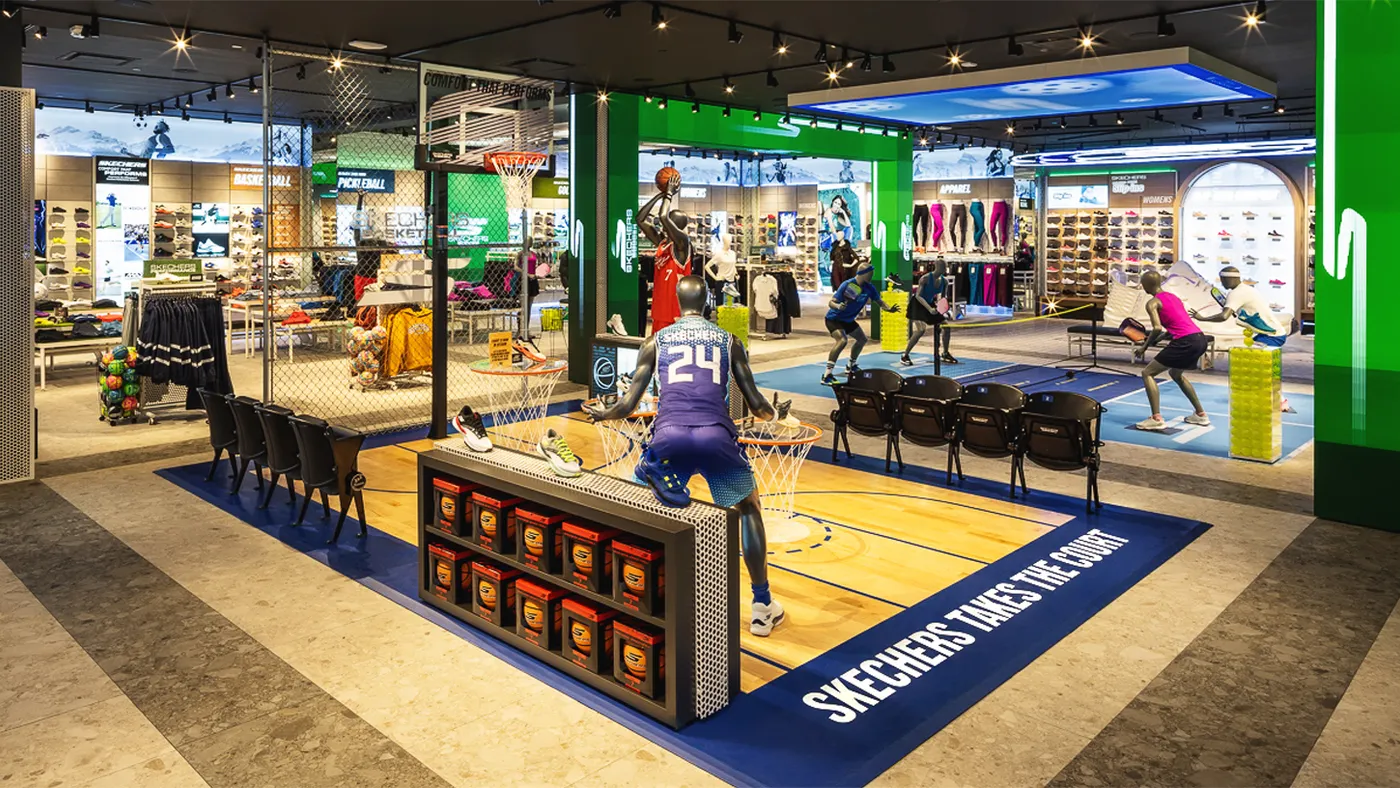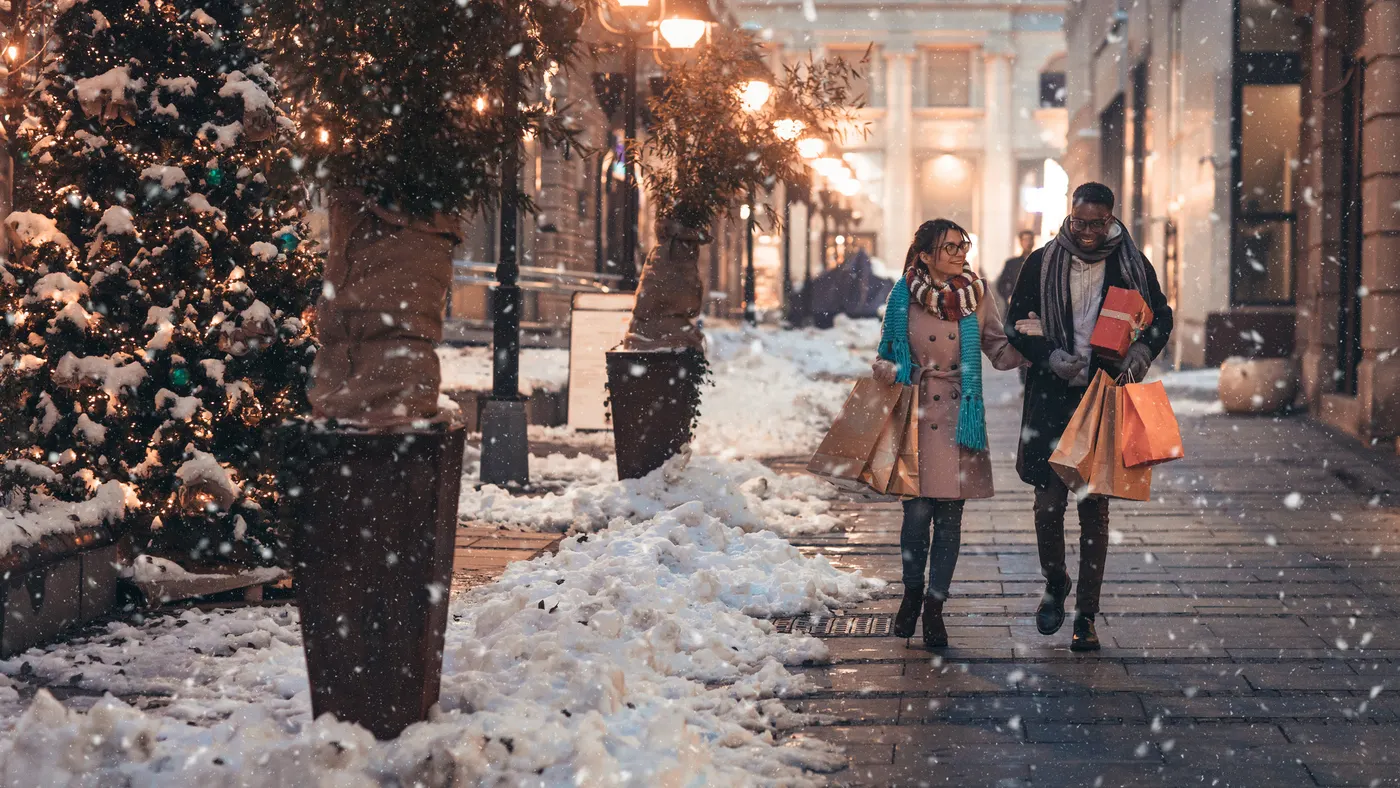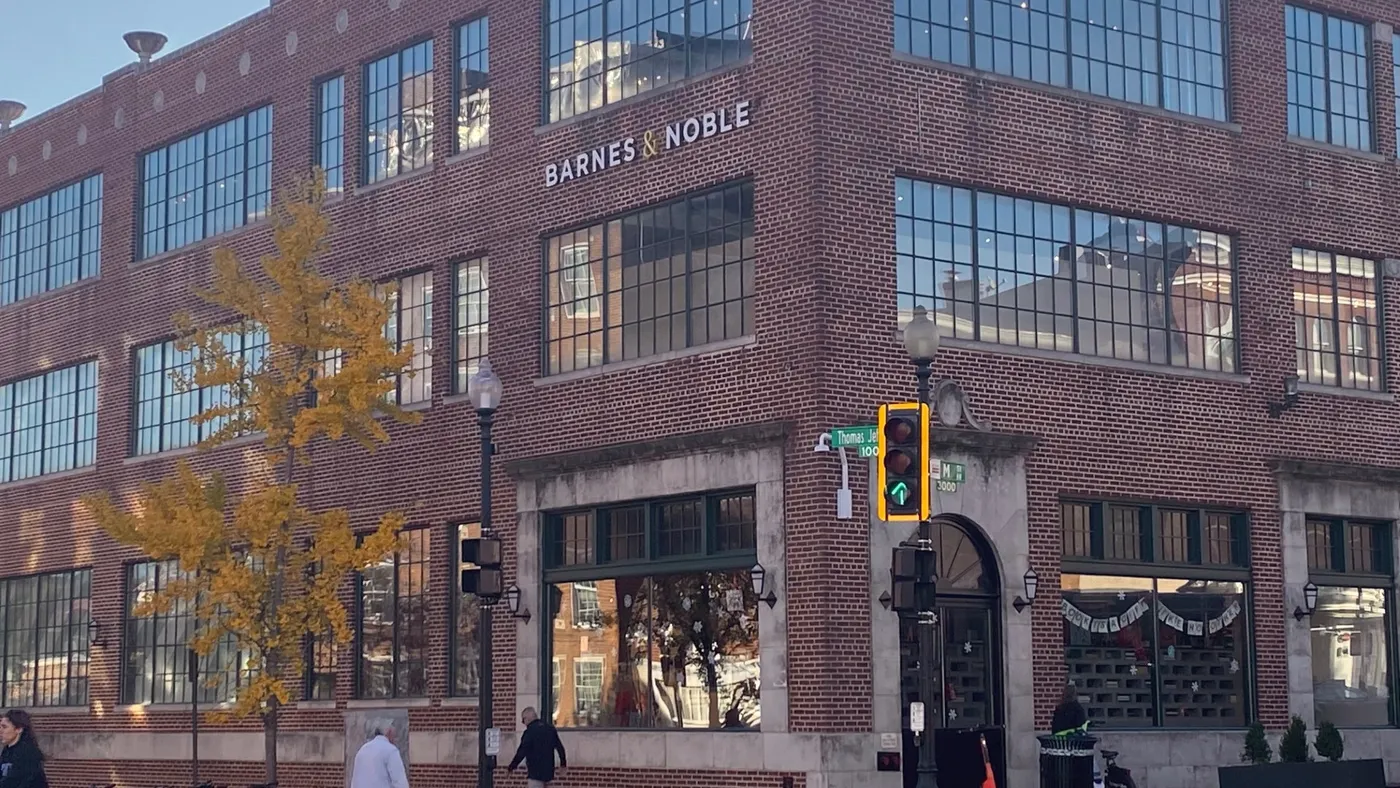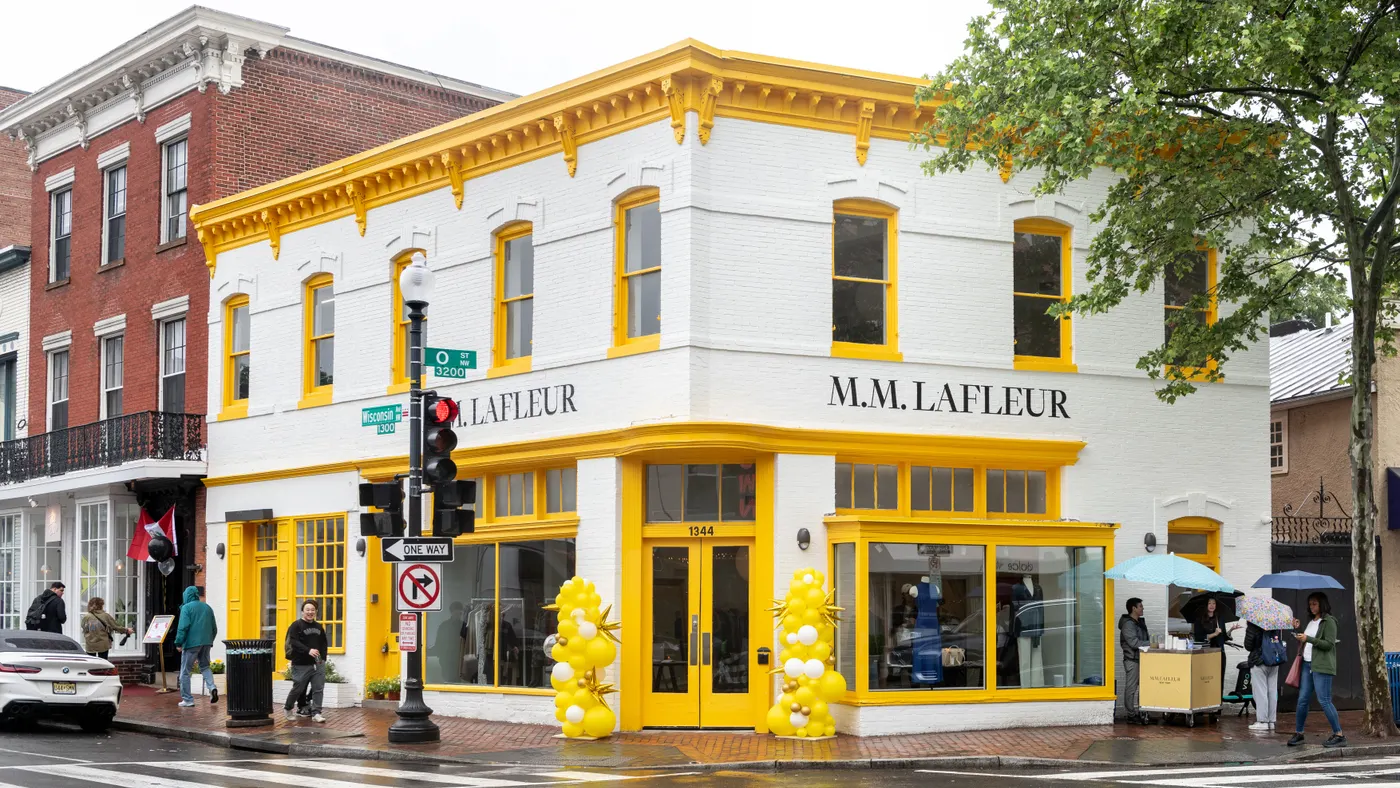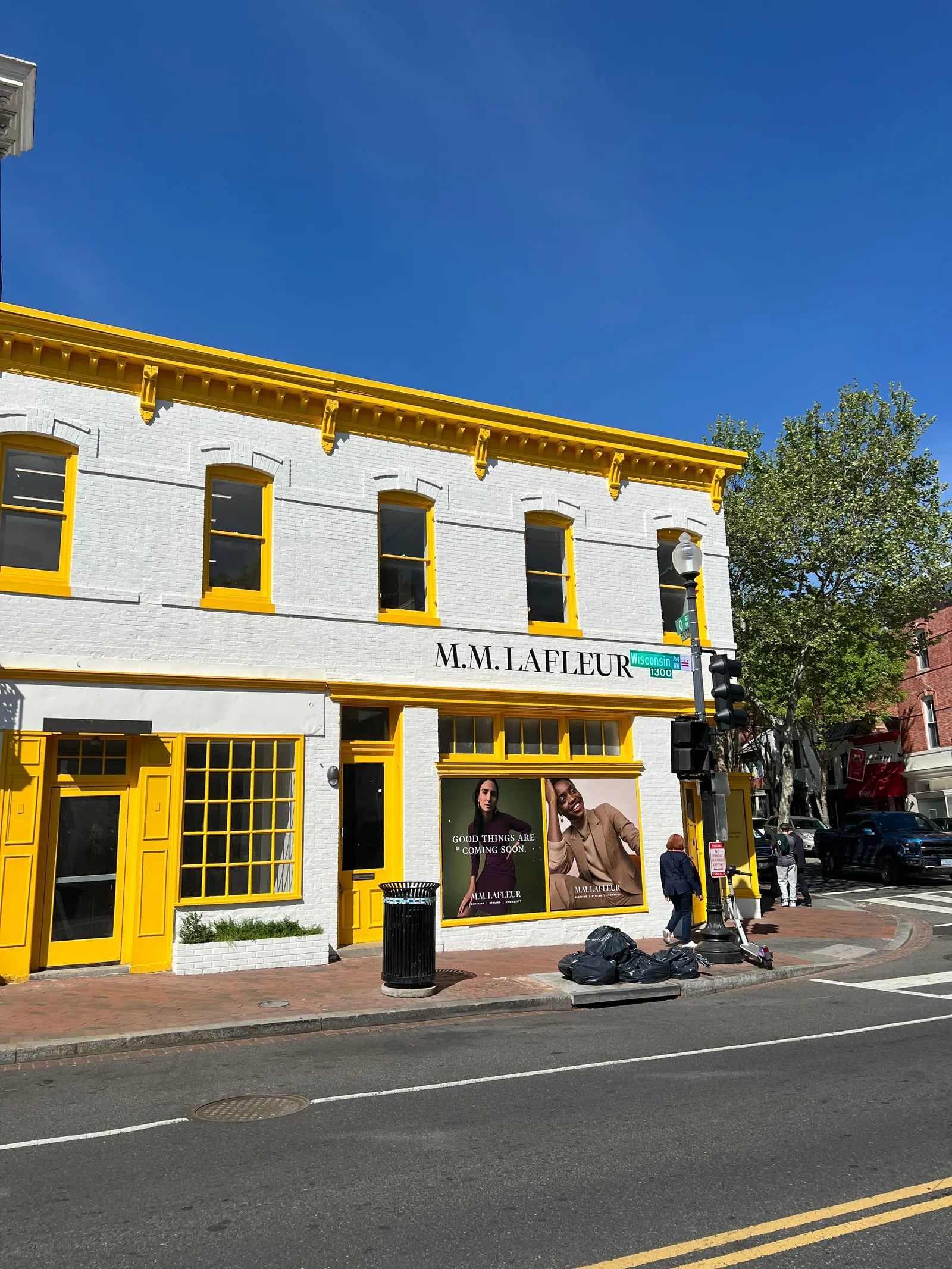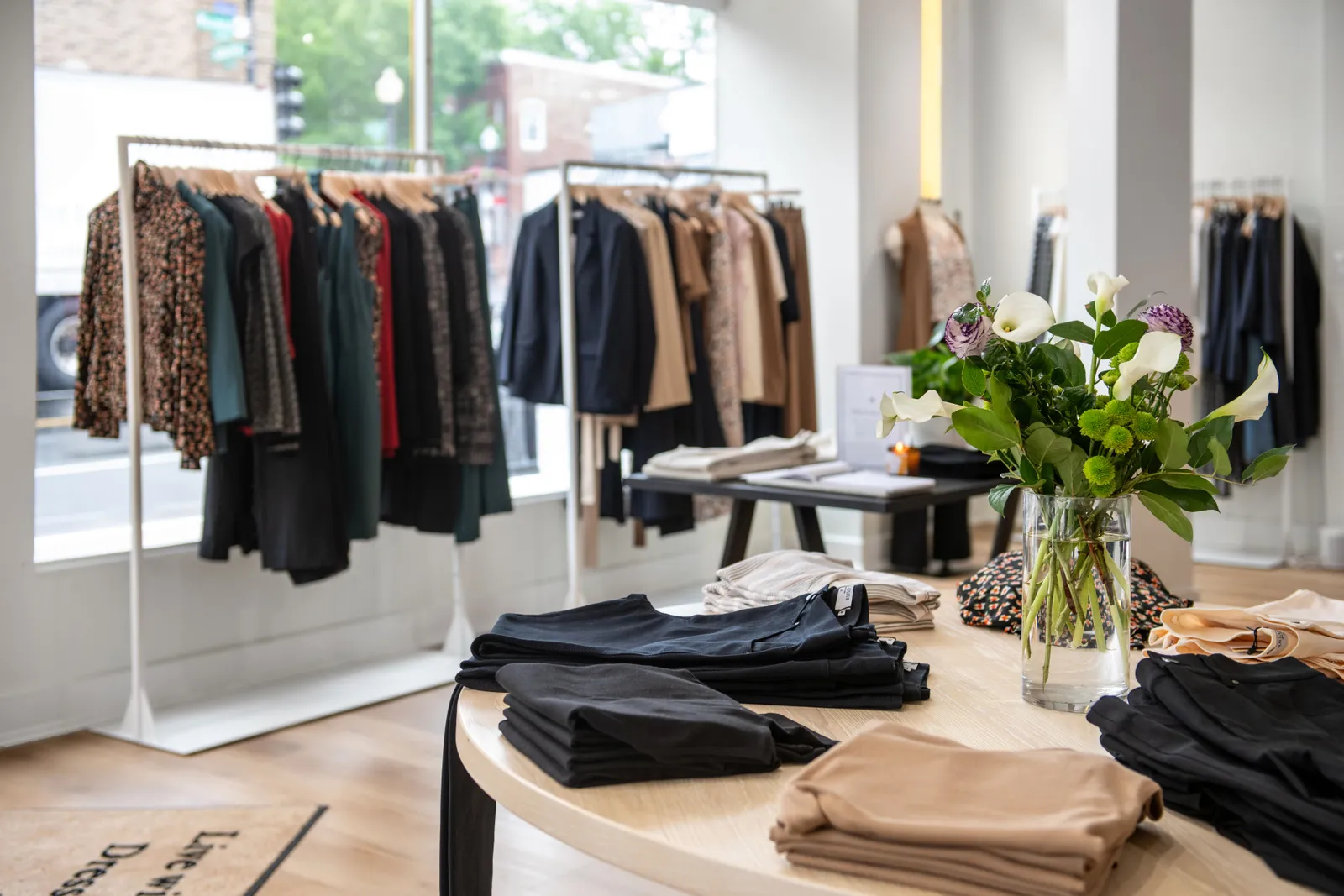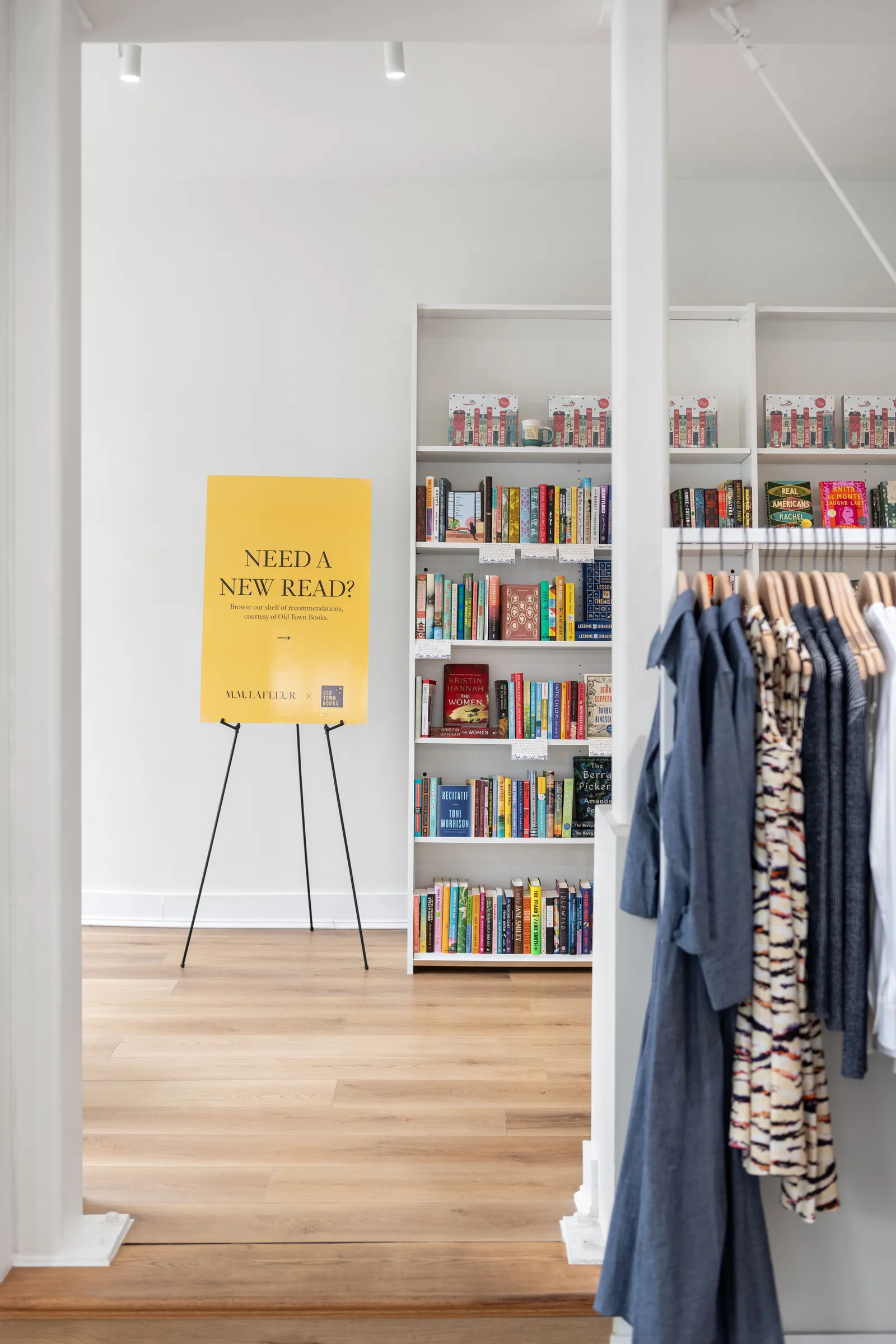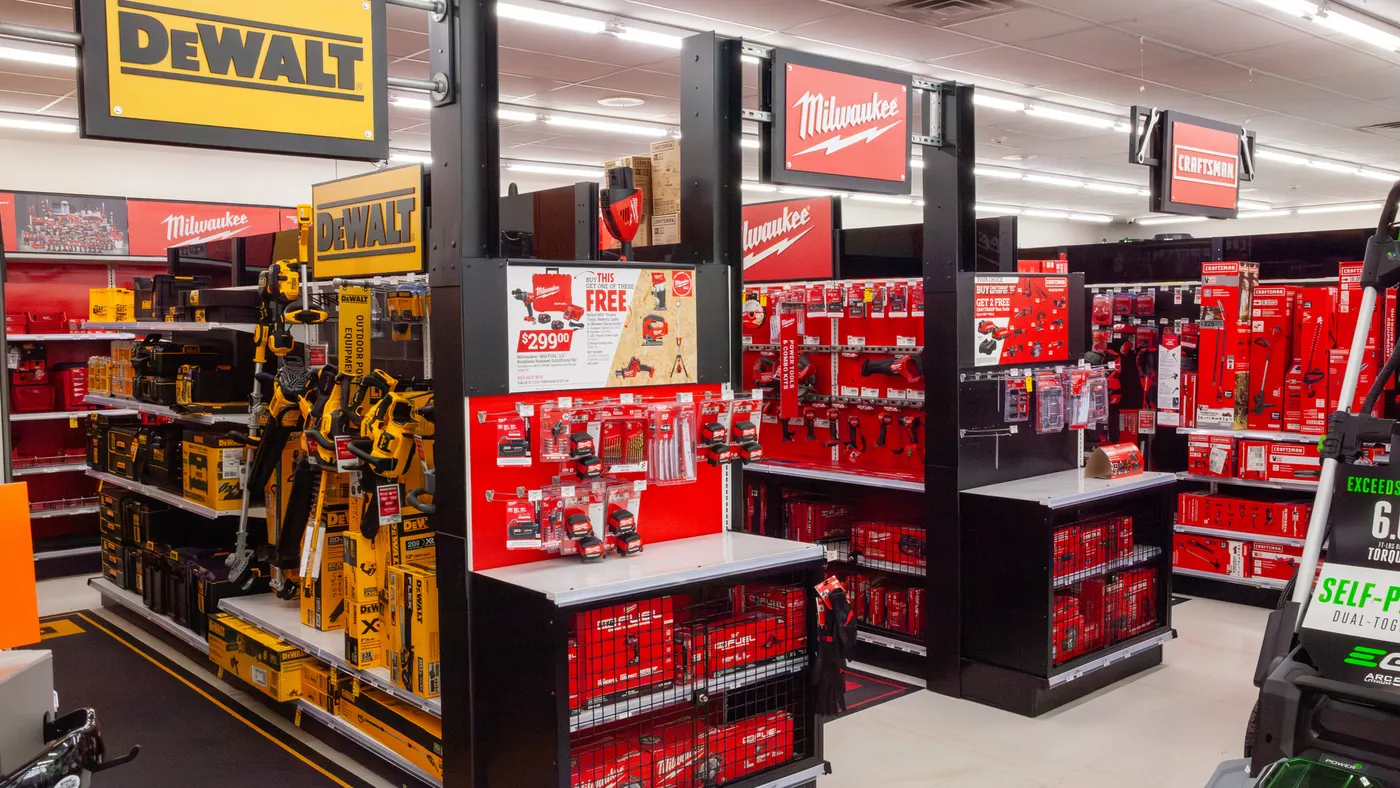By: Cara Salpini
• Published Nov. 26, 2024
The death of stores had already been a much-discussed idea by the time the pandemic hit, cratering foot traffic across the industry and leading many retailers to file for bankruptcy and shutter large portions of their fleet. E-commerce secured an even bigger role in customers’ lives as a result and retailers invested heavily in their online capabilities to meet new needs.
But more than four years later, stores are not dead. In fact, foot traffic has largely returned to 2019 levels, according to PwC’s U.S. Retail Leader Kelly Pedersen. There are also fewer vacancies than in previous years and younger generations are embracing the in-store shopping experience, even if they aren’t buying there.
“It is a different type of traffic and a different type of purpose,” Pedersen said, noting that conversion rates are down despite traffic growth. “That's just really indicative of people going to stores for different reasons than to just purchase, right? They're going into them to return. There's a solid, bigger shift toward browsing.”
The level of turnover at malls and shopping streets can also be evidence that a new generation is making its preferences known, according to Michael Brown, a partner and Americas retail leader at Kearney. He sees it as a good thing because it means new shopper needs are surfacing. It’s also, in part, a factor of younger companies like DTC brands searching out shorter leases or pop-up style agreements, Pedersen noted.
All this to say, physical retail is still healthy, even in a world with higher levels of online purchasing. In fact, an Experian report found in-store shopping for the holidays held relatively steady from 2022 to 2023, with around two-thirds of sales done in stores between October and December. Nearly half of the shoppers it surveyed planned to head to stores in 2024.
And especially at the holidays, there’s something about physical shopping that AI recommendation services and personalized websites just can’t provide.
“When it comes to the word ‘shopping,’ it really takes place in the physical world because that's where you really go, you look, you feel, you touch, you engage and you decide eventually what you're going to buy,” Brown said. “You may buy it later in the store or you may just buy it online — so I think there is really a difference between shopping and actually buying. And I think we see shopping still [has] so high levels of people going to the stores to have those experiences.”
What online changed (or didn’t)
Over the past decade, holiday shopping preferences across stores and e-commerce have effectively swapped places. The 59% of shoppers who planned to buy holiday gifts in stores in 2015 has shrunk to a projected 45% in 2024, while those who expected to shop online grew from 41% in 2015 to 55% in the same period, according to PwC.
It’s a noticeable tilt toward e-commerce, but not nearly as high as the 61% that looked online in 2020 during the exceptional circumstances of the pandemic. And in fact, the projected percentage of in-store shoppers in PwC’s survey in 2024 increased for the first time since 2021. Black Friday, too, saw a rare spike in popularity, with a 3% increase in respondents planning to shop on the banner holiday, which tends to be an in-store event. That’s the first time that metric has grown since 2018. It still only amounts to 22% of shoppers, though, down sharply from the 59% who planned to shop on Black Friday a decade ago.
In-store and online shopping habits have flipped over the past decade
Percent of shoppers who intended to purchase in stores versus online, from 2015 to 2024
There are other factors that might lead to higher store traffic in 2024 as well. The shorter holiday season, coupled with consumer delays due to the election, will likely send shoppers into stores more as the season wears on and delivery times become less reliable.
“There's a lot of ingredients there for a pretty robust in-store holiday shopping season this year,” Pedersen said.
Interest from shoppers spans different buying environments as well. While there is a trend toward high-street shopping during the season, Pedersen said a lot of traditional malls are seeing higher traffic again as well, courtesy of the large swaths of the country that moved out to the suburbs during COVID.
But e-commerce retailers and social media platforms are also finding innovative ways to reach customers, including through the industry’s favorite buzzword of late: AI. Etsy, for example, introduced an AI gift recommendation service in January 2024, while Amazon launched AI shopping guides and a virtual holiday shop to entice customers.
Pinterest debuted a personalized gift feed on its platform in November, alongside a series of gift guides curated by celebrities and publishers. And a report from Fiverr earlier in 2024 found that 14% of Gen Z in particular planned to use generative AI search to look for gifts.
Efforts like these can work, “if the algorithms are right and you can really be hit with something that you've always looked for — you want it, maybe you had a pattern of trying to find those things,” Brown said. “I think the challenge that there always is with online is the screen in front of you is only like 10 by 12, and you can only see so much. But when you go out and you look at the physical retail environment, it all opens up, right? You get peripheral view. You get long-distance view … online, it's hard to do that.”
That said, online isn’t without its benefits. It’s great for mission shopping, according to Brown, referring to when a customer already knows what they want. And there are different times during the season when e-commerce channels have more sway with shoppers. Social media, DTC and emerging marketplaces (think Temu and Shein) are more successful at the start of the season, according to a report from Boston Consulting Group, when shoppers have more time to find the perfect gift and aren’t as stressed about price and delivery times.
Retailers can make their websites more enticing as well, with festive banners or by offering the same promotions that they do in stores, like a free gift with purchase. But Pedersen admitted it’s difficult for retailers to mimic the joy of shopping in person.
“Other than us at some point having true VR headsets where we're walking through a store and experiencing that way, it's pretty hard,” Pedersen said.
And during the holidays in particular, shoppers are looking for that.
The joy of shopping
What makes the holidays different than any other time of year? At its most basic level, it comes down to gifting. Customers prowling through a shopping street or mall during those critical fall months are looking not for themselves (at least not primarily), but for others. That means discovery shopping is critical, and that’s where stores thrive.
“What's successful this season is really having unique and differentiated products and an experience where consumers think they're really winning or they're getting that special deal,” Brown said, noting that off-price players have done this particularly well. “It's a little bit of that pursuit and uniqueness and surprise of what I can find in your store. Because if I know exactly what I'm looking for, then it's easy for me to shop online.”
Customers might make a lot of purchases online, but when it comes to discovering what gifts to give, shoppers of all generations turn strongly to physical stores. In a report by PwC, every generation except for baby boomers said visiting stores in person was their top way to discover gifts. For boomers, it was second only to talking to friends and family. Both of those methods — the flesh-and-blood variety — landed significantly higher than the third all-around highest, which was online marketplaces.
“Sometimes you just see how busy the store is, and you say, ‘Well, now I’ve got to go see it,’ right? There's that crowd attraction,” Brown said. “Even as much as we'd all like to stay away from more lines at the register when you're there, that means something's going on there. And again, you can't really see that and experience that online.”
There’s a psychological reason as well: Shopping during the holidays can be a lot of fun. Winter milestones like Christmas, and the act of indulgent spending that often goes along with them, can serve as a way to cheer ourselves up during the darkest times of the year. Stores decorate their windows, blast seasonal tunes and waft pine or peppermint fragrances into the air. And much like the scents of pumpkin spice can tap into nostalgia and remind shoppers of fond memories, the right sensory stimulation can make holiday shoppers view a store more fondly.
“People just generally like to go to the stores during this time of year, it puts them in the mood."
Kelly Pedersen
PwC’s U.S. Retail Leader
Even spending money on others makes people happier than spending on themselves, Happiness Research Institute CEO Meik Wiking told Retail Dive in 2023.
“People just generally like to go to the stores during this time of year, it puts them in the mood. They go get some hot chocolate or something from one of the food stands. There's just something about it,” Pedersen said.
Some retailers are answering that call. Macy’s, for example, is hosting a holiday market at its Herald Square flagship, alongside its usual holiday window displays and Santaland experience. Target is offering in-person “Wonderland” events this season as well, with shoppable brand experiences. Others, like Anthropologie, are taking a pop-up approach to create holiday-specific shopping environments.
The opportunity to do more than just shop at the holidays — to go out to eat, for example — is key to a thriving shopping center. Outside of the usual Santa visits and sale offers, retailers could try more creative ways of bringing people in as well, like exclusive brand launches or a loyal customer night, according to Brown and Pedersen.
“These things should really be called consumer engagement centers and it needs to be a mix of consumer activities,” Brown said, much like a downtown shopping area meets many different needs. “It should be about shopping, entertainment, food, social gathering points for the community.”
Some of these trends are already happening in malls across the U.S., according to Brown. And based on the interests of younger generations, in-store shopping could continue to grow. Of all the generations PwC studied, Gen Z leaned the heaviest toward shopping in stores to discover new gifts, at 60%. They do have expectations around digital components, like self-checkout technology and brand apps, but they’re interested in going to stores. And their spending power is rising.
“Gen Zs and Gen Alphas are big in-store visitors — they go to stores a lot,” Pedersen said. “I think this trend of more in-store shopping based on those generations is going to continue for the next few years because it’s just proven that the Gen Zs and Gen Alphas like to be in store more than the millennials. So I think we see a lot more of this.”
Article top image credit: Getty Images
